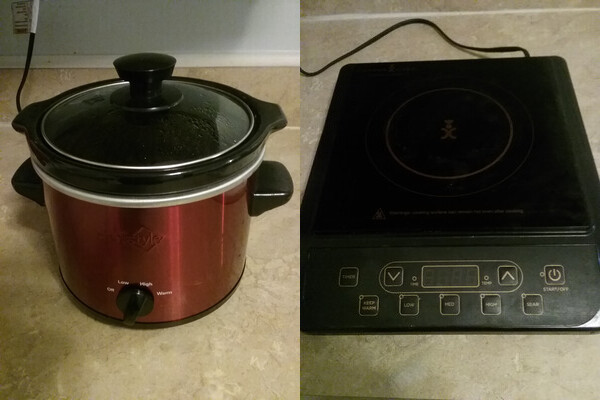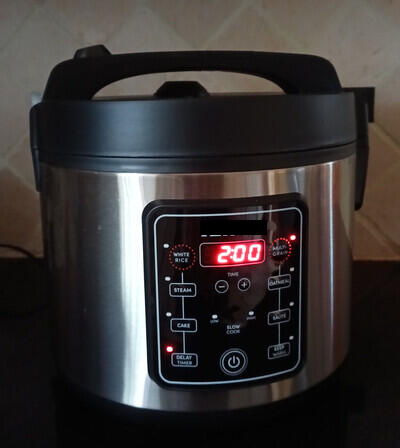Plant root needs
Roots need access to water, nutrients and air.
Certain potting soils compress after a number of waterings, which leaves the roots suseptible to rot. If using potting soil, mix it with another type of soil.
Raised gardening provides benefits to plants. Roots won't dry out as quickly and at the same time, enough roots won't be overly saturated in water. Raised gardening also prevents soil compaction around roots higher than ground level.
Having a small indention in the ground next to plants, allows the ground to collect water in that area, instead of running off or evaporating. Even if it's a location that gets plenty of rain, this helps with maintenaince needs. On a larger scale, this would be a ditch or a swale. A small hole or crack the size of a shovel head in the ground is enough for the ground to soak in water from there.
Dirt from indentations or swales in the ground can be used for filling a raised bed or raised container.
Topsoil dirt from the store is cheap, but plants don't grow fast in it, because it usually lacks nutrients. There's also no standard of the composition for soil top soil dirt. Manure works well and is cheap, but if this isn't preferable to some, ground dirt can be used instead.
The biggest indication that plants need water is drooping leaves. Other times, a plant can be overwatered, while the top few inches of the soil can be dry. This could mean the plant is turning yellow from overwatering. Check the soil below the first few inches of the surface to see if it's dry or wet there.



